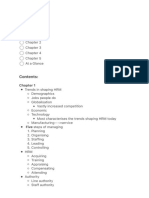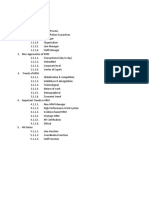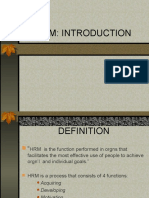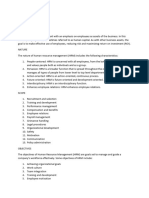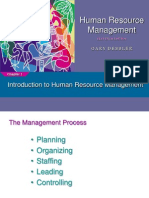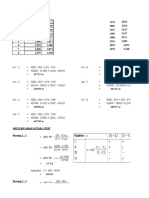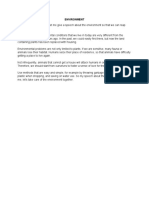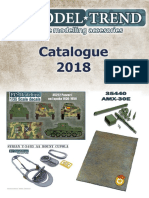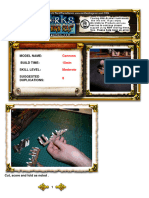0% found this document useful (0 votes)
493 views20 pagesChapter 1, 4 Mind Maps
Job analysis is the process of collecting information about the duties, responsibilities, working conditions, and skills required for a particular job. The information collected is used to develop both job descriptions and job specifications. Job descriptions focus on job-related information like duties and responsibilities. Job specifications focus on person-related information like required education, skills, and personality traits. Together, job descriptions and specifications provide a detailed picture of the job requirements and demands.
Uploaded by
MonaIbrheemCopyright
© © All Rights Reserved
We take content rights seriously. If you suspect this is your content, claim it here.
Available Formats
Download as PPTX, PDF, TXT or read online on Scribd
0% found this document useful (0 votes)
493 views20 pagesChapter 1, 4 Mind Maps
Job analysis is the process of collecting information about the duties, responsibilities, working conditions, and skills required for a particular job. The information collected is used to develop both job descriptions and job specifications. Job descriptions focus on job-related information like duties and responsibilities. Job specifications focus on person-related information like required education, skills, and personality traits. Together, job descriptions and specifications provide a detailed picture of the job requirements and demands.
Uploaded by
MonaIbrheemCopyright
© © All Rights Reserved
We take content rights seriously. If you suspect this is your content, claim it here.
Available Formats
Download as PPTX, PDF, TXT or read online on Scribd
/ 20
